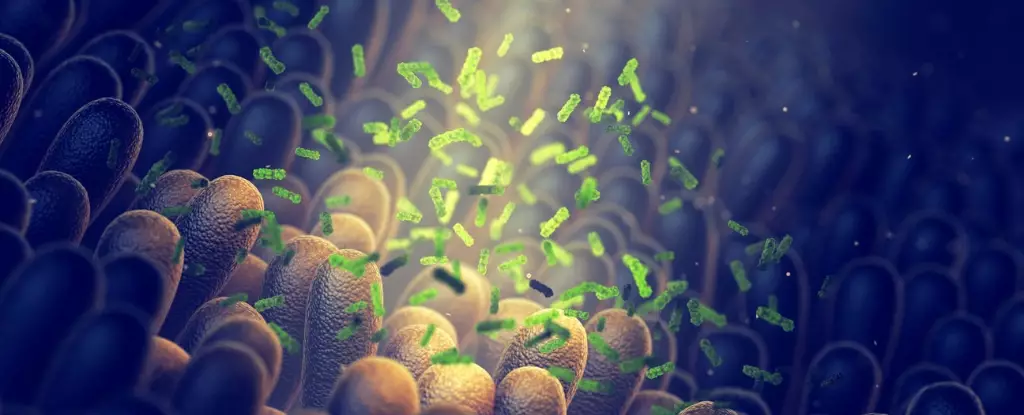In the current battle against antibiotic-resistant bacteria, scientists are facing a daunting challenge. The rate at which bacteria are evolving to outmaneuver antibiotics far exceeds the pace at which new drugs can be developed to combat them. As a result, researchers have turned to an unconventional source in their quest for novel antimicrobial agents: the human gut.
The human gut is a complex and competitive environment, teeming with approximately 100 trillion microbes. Recent research conducted in the US focused on examining gut microbiomes from 1,773 individuals to identify potential antibiotic candidates. By analyzing 444,054 previously known proteins, researchers were able to pinpoint 78 promising candidates with antibiotic properties. Subsequent laboratory testing revealed that 70.5% of these candidates demonstrated the ability to combat various microbes, indicating their potential for future use in the development of antibiotics.
From Information to Innovation
Bioengineer César de la Fuente from the University of Pennsylvania emphasized the role of biology as an information source in accelerating antibiotic discovery. By leveraging advanced algorithms to decipher biological codes, researchers can expedite the identification of novel antimicrobial agents within the human microbiome. Among the most noteworthy proteins discovered was prevotellin-2, which exhibited antimicrobial efficacy comparable to polymyxin B, a prominent antibiotic used to treat drug-resistant infections. These findings underscore the vast reservoir of bug-fighting substances present in our guts, offering a promising avenue for future antibiotic development.
The identified proteins from the human gut microbiome showcased a unique composition that deviated from conventional antimicrobial molecules. This novel characteristic has the potential to revolutionize the approach to developing antibiotics, opening up possibilities for creating more effective superbug killers. Bioengineer Marcelo Torres highlighted the distinct properties of these newly discovered compounds, emphasizing their role in expanding the sequence space of antimicrobials and advancing our understanding of microbial defense mechanisms.
Traditional methods of antibiotic development from environmental sources are time-consuming and labor-intensive. The research team led by de la Fuente sought to expedite the activation of antibiotics by identifying preexisting antimicrobial agents in nature. Given the urgent need for effective antibiotics amidst the growing threat of antibiotic resistance, these innovative approaches hold immense promise for combating superbugs that pose a grave public health risk. As researchers continue to confront the evolving landscape of bacterial resistance, the discovery of potent antimicrobial peptides within the human microbiome represents a significant step towards addressing this pressing global health concern.
The exploration of the human microbiome for new antibiotics marks a groundbreaking advancement in the field of antimicrobial research. By harnessing the diverse array of microbial resources within our bodies, scientists have uncovered a treasure trove of potential antibiotic candidates with the capacity to combat drug-resistant bacteria. The discovery of novel antimicrobial peptides in the human gut not only offers hope in the fight against superbugs but also sheds light on the remarkable adaptive capabilities of our microbiome. As researchers strive to translate these initial findings into practical antibacterial treatments, the future of antibiotic development holds immense promise in addressing the challenges posed by antibiotic resistance.


Leave a Reply